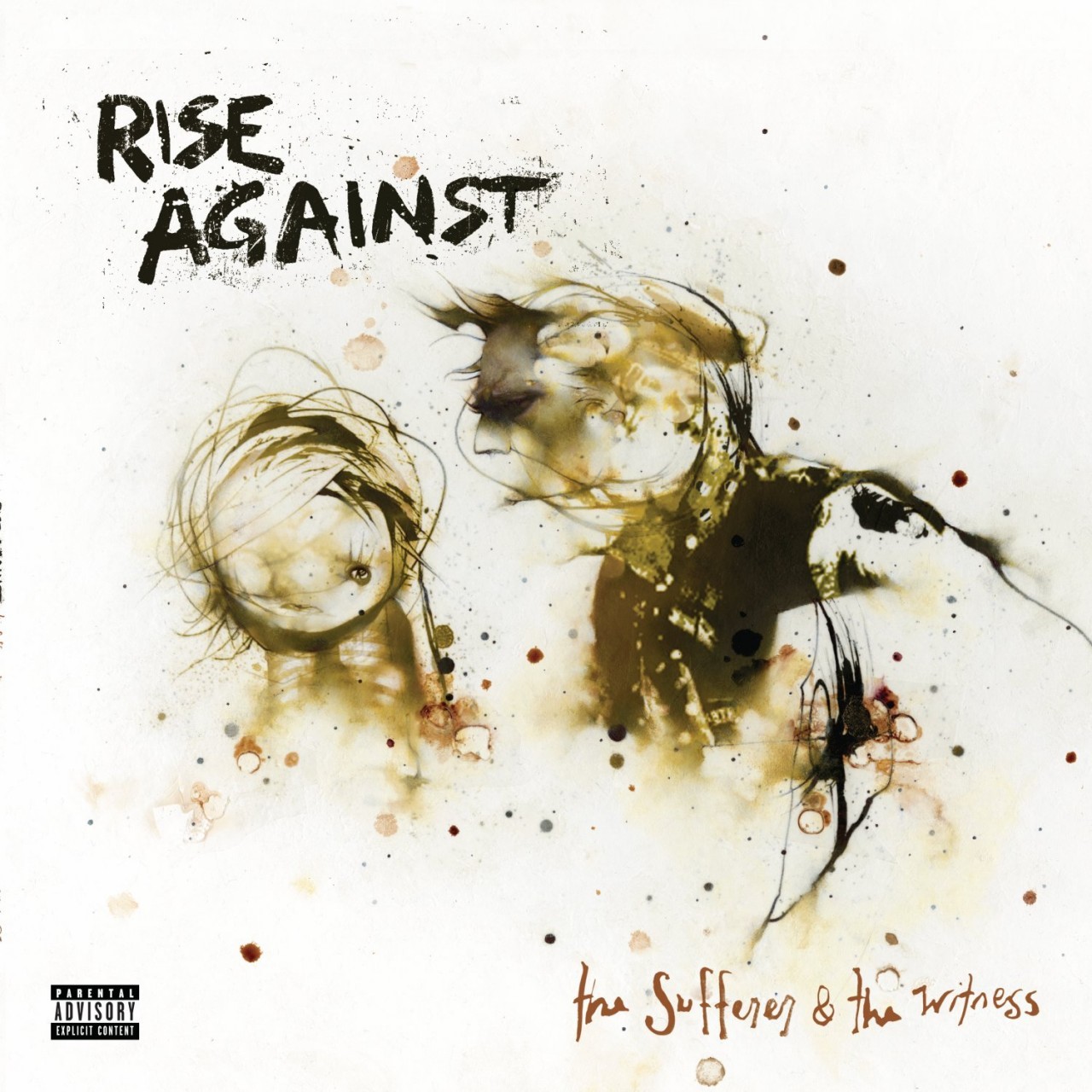
The intensity is lowered greatly, however, for the song “Roadside”. This beat and intensity is carries over to the next song “Behind Closed Doors”. It also shows anxiety to the idea of dying young before ever finding love. The beat and intensity of the song is suddenly boosted and expresses the anger of the narrator of the story, talking about searching for love and only finding pain and hate. This calm ends in the next song “Worth Dying For”. While they seem upset, the song still maintains a level of calm. The song gives you the feeling they are arguing, and that they are both rather upset. The chorus seems to hint that they had a good relationship, but it has started to break apart. This starts off with the song “The Approaching Curve” which seems to talk about a couple driving in a car talking. I do not fully understand why this switch happens or why it is so abrupt, and I may even be misunderstanding the message portrayed by these songs, but to my interpretation the rest seems to be about love of a girl. They are seen as only workers or essentially robotic “drones” and nothing else.Īfter “Drones” in the album the message seems to shift to a love story of sorts. They are referred to this way because they are treated as if they are no longer people. A major part of the song mentions “drones”, which refers to the victims of labor. It falls under the idea of an isolated place that resembles a ghost town. Much of the song is about the terrible living conditions of many of these victims, living in destroyed homes and deserted areas. “Drones” is also about the victims of these labors, but has a much different message. I believe Rise Against structured their song this way to show that some feel they do not have a choice in the way they are treated, and that they’re victims of a crime they feel is necessary. The chorus talks about not wanting help as they feel as though they need to live the way they do, and much of the rest of the song is about how they are the creators of everything we use in America. “Prayer of the Refugee” is about the independence of victims of unfair labor. Two particular examples of that from the album are the songs “Prayer of the Refugee” and “Drones”. Some of the songs also touch upon love and drugs, but most of the songs seem to be centered on low-pay labor in third-world countries. Typically, Rise Against covers many different issues that the world faces today such as extremist religions, government corruption, and slave labor, which The Sufferer and The Witness in particular is about. This is a fourteen song album that has a lot of focus on many different taboo topics from around the globe.


Just try to stop yourself from moshing to 2020’s metallic-tinged Dark Nights: Death Metal song “Broken Dreams, Inc.”, a riotous call to action for the oppressed to rise up and keep moving forward despite adversity.The Sufferer and The Witness is an album by Rise Against. McIlrath’s gravel-coated vocals sound clearer and more melodic on Rise Against’s biggest albums-including the 2008 breakthrough Appeal to Reason, which was co-produced by Descendents mainstay Bill Stevenson-but the band’s messaging is as ferocious and consistent as ever. The corrugated hard-rock hits “Savior” and “Prayer for the Refugee” burst with aggressive energy and hardcore speed, while songs such as “Re-Education (Through Labor)” are pointed political snarls with punk’s social conscience. Graduating to a major label with 2004’s Siren Song of the Counter Culture dulled none of the group’s underground sensibilities. After changing their name to Rise Against, they released the early-2000s albums The Unraveling and Revolutions Per Minute via the venerable punk label Fat Wreck Chords. The band coalesced in 1999 under the name Transistor Revolt, after former 88 Fingers Louie member Joe Principe met punk-scene denizen Tim McIlrath at a Sick Of It All and AFI concert. Although Fall Out Boy receive credit for elevating the reputation of Chicago’s vibrant punk scene, Rise Against deserve just as much shine.


 0 kommentar(er)
0 kommentar(er)
